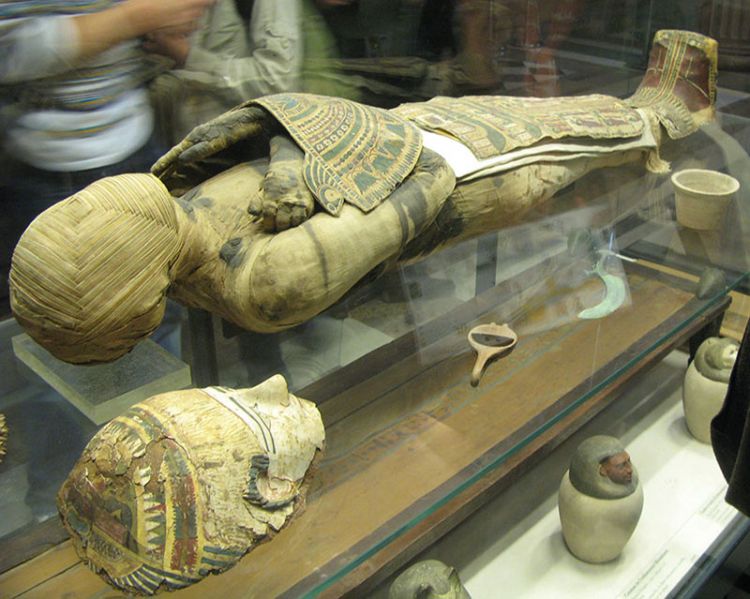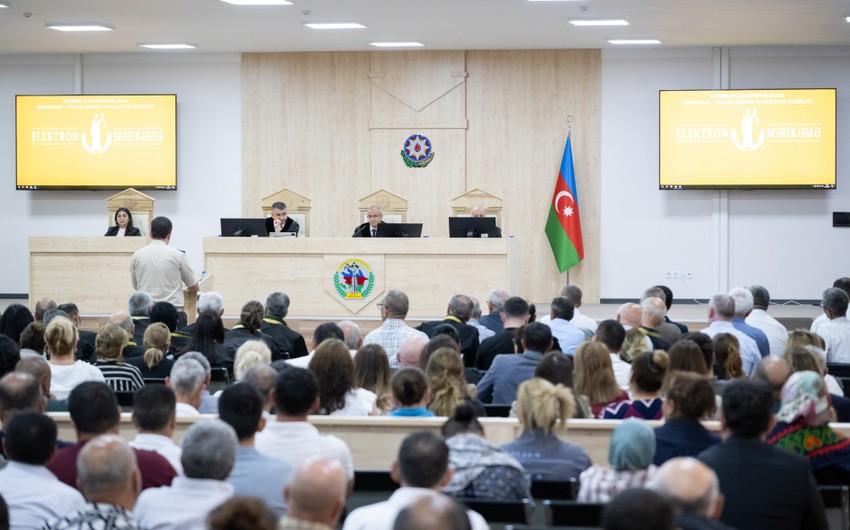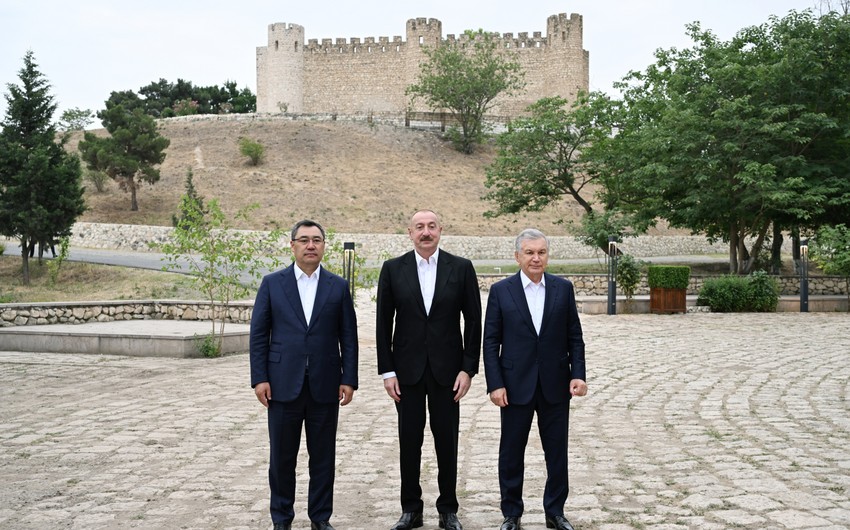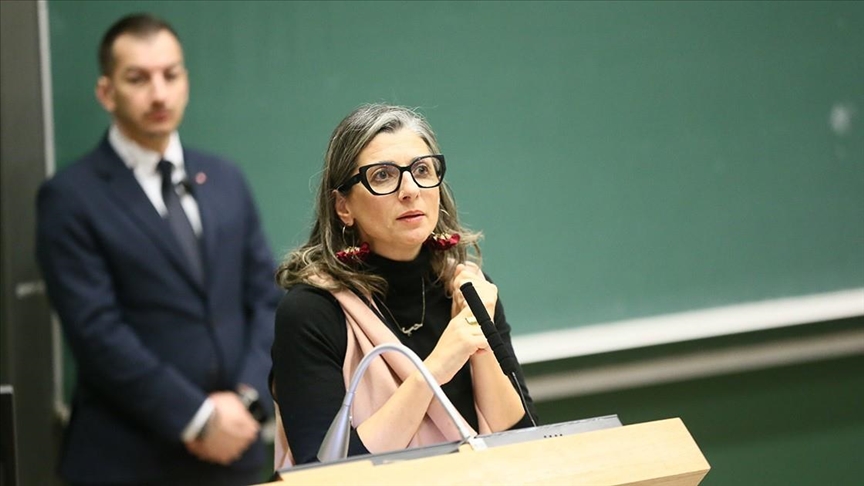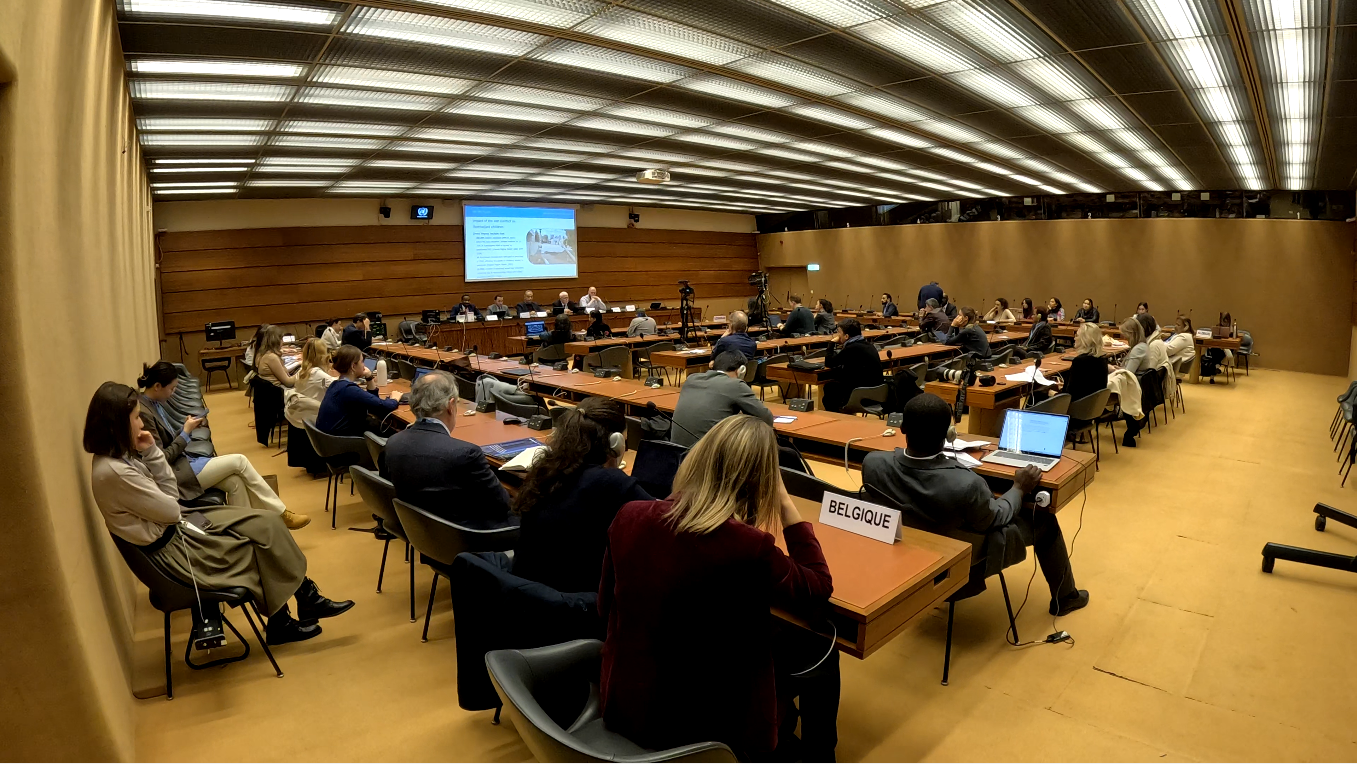Ancient Egyptians were an archaeologist's dream. They left behind intricate coffins, massive pyramids and gorgeous hieroglyphs, the pictorial writing code cracked in 1799. Egyptians recorded tales of royalty and gods. They jotted down life's miscellanies, too, as humdrum as beer recipes and doctor's notes.
But there was one persistent hole in ancient Egyptian identity: their chromosomes. Cool, dry permafrost can preserve prehistoric DNA like a natural freezer, but Egypt is a gene incinerator. The region is hot. Within the mummies' tombs, where scientists would hope to find genetic samples, humidity wrecked their DNA. What's more, soda ash and other chemicals used by Egyptian embalmers damaged genetic material.
Subscribe to the Post Most newsletter: Today’s most popular stories on The Washington Post.
A study led by researchers at the Max Planck Institute for the Science of Human History and the University of Tubingen in Germany managed to plug some of those genetic gaps. Researchers wrung genetic material from 151 Egyptian mummies, radiocarbon dated between Egypt's New Kingdom (the oldest at 1388 B.C.) to the Roman Period (the youngest at 426 A.D.), as reported Tuesday in the journal Nature Communications.
Johannes Krause, a University of Tubingen paleogeneticist and an author of the study, said the major finding was that “for 1,300 years, we see complete genetic continuity.” Despite repeated conquests of Egypt, by Alexander the Great, Greeks, Romans, Arabs and Assyrians — the list goes on — ancient Egyptians showed little genetic change. “The other big surprise,” Krause said, “was we didn't find much sub-Saharan African ancestry.”
The remains came from Abusir el-Meleq, an ancient Nile community in the middle of Egypt. From the mummies the scientists extracted bone, teeth and soft tissue samples. (Although Egyptian embalmers removed the brains of the deceased, the scientists wrote that “in most cases, non-macerated mummy heads still have much of their soft tissue preserved.”)
The hard samples yielded the most DNA, perhaps because the teeth and bones were protected by soft tissue or because the embalming processes left tougher material intact. After preparing the samples in a sterilized room in Germany, the researchers bathed the samples in UV radiation for an hour to minimize contamination.
Ancient Egyptians were closely related to people who lived along the eastern Mediterranean, the analysis showed. They also shared genetic material with residents of the Turkish peninsula at the time and Europe.
Given Egypt's location at the intersection of Africa, Europe and Asia, and the influx of foreign rulers, Krause said he was surprised at how stable the genetics seemed to be over this period. The scientists were particularly interested in the change in ruling class at the turn of the first millennium. First came the Hellenistic dynasty, in the aftermath of Alexander the Great’s conquests, from 332 B.C. to 30 B.C., and then Roman rule from 30 B.C. to about 400 A.D. And yet the genetics of the Abusir el-Meleq community appeared to be unperturbed by shifting politics.
The scientists compared these ancient genetics with those of 100 modern Egyptians and 125 modern Ethiopians that had been previously analyzed. If you ask Egyptians, they'll say that they have become more European recently, Krause said. “We see exactly the opposite,” he said.
It was not until relatively recently in Egypt's long history that sub-Saharan genetic influences became more pronounced. “In the last 1,500 years, Egypt became more African, if you want,” Krause said.
In their paper, the researchers acknowledged that “all our genetic data were obtained from a single site in Middle Egypt and may not be representative for all of ancient Egypt.” In the south of Egypt, the authors wrote, sub-Saharan influences may have been stronger.
This study left two gaps in the Egyptian timeline that Krause wants to fill, he said. It is not clear when the African gene flow, present in modern Egyptians, occurred. Nor could the study determine the origin of the Egyptians. “The other big question is, 'Where did the ancient Egyptians come from?' ” Krause said. To answer that, scientists will have to find genomes “back further in time, in prehistory.”

